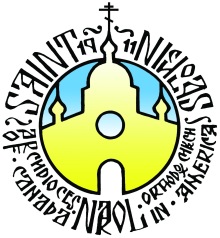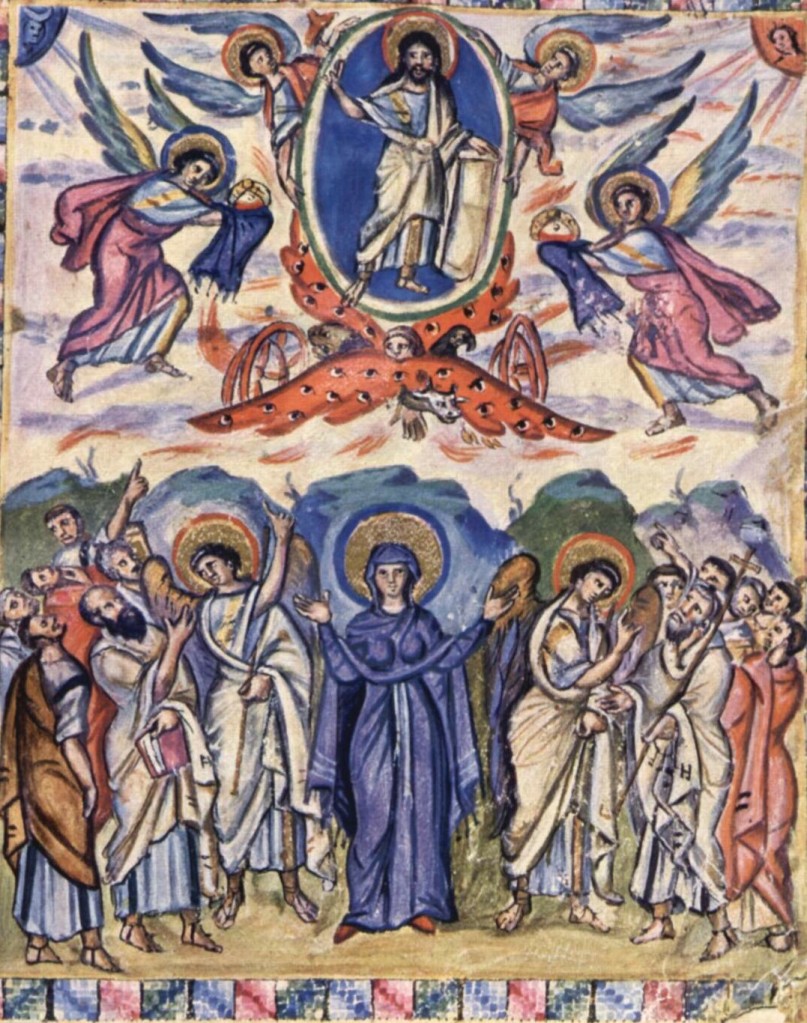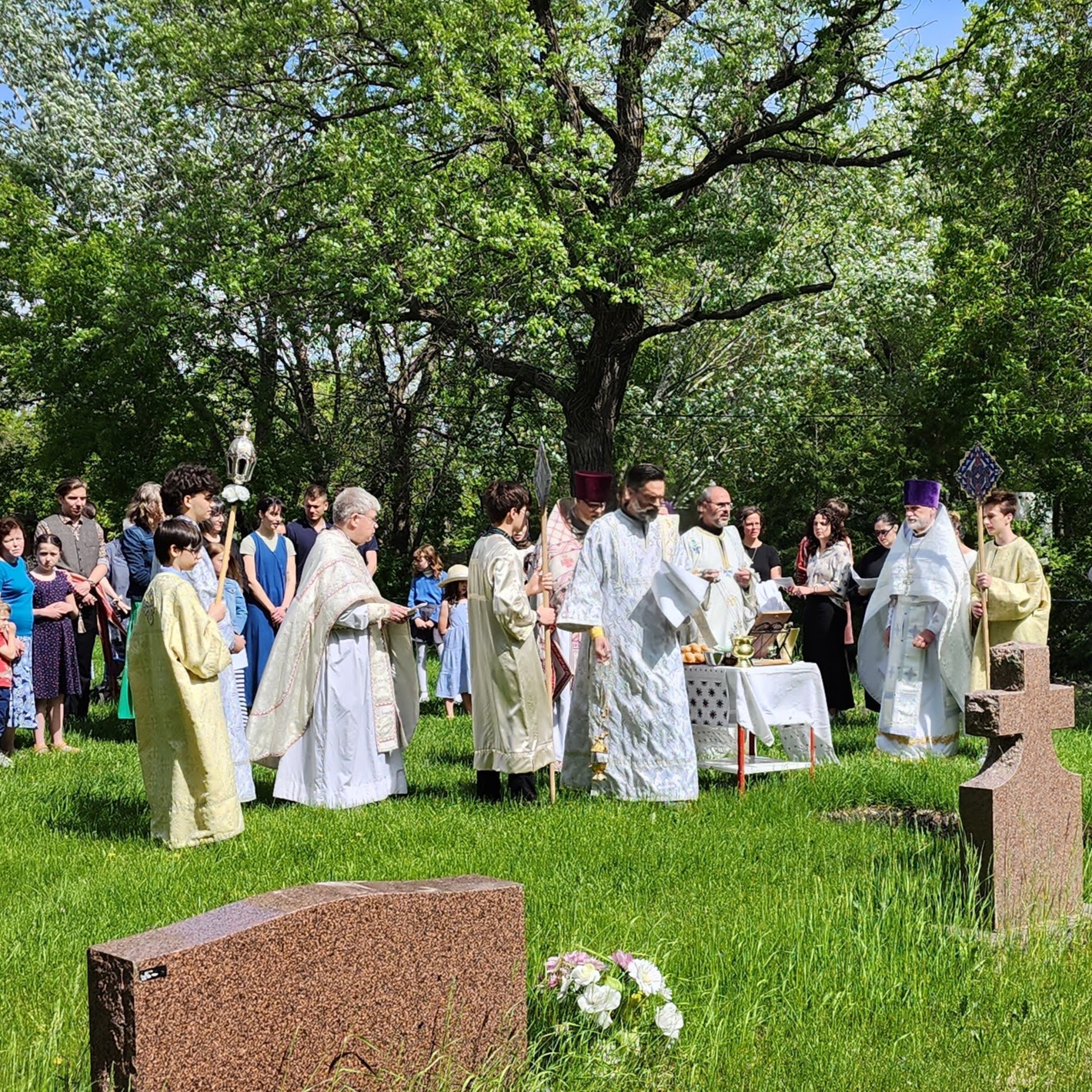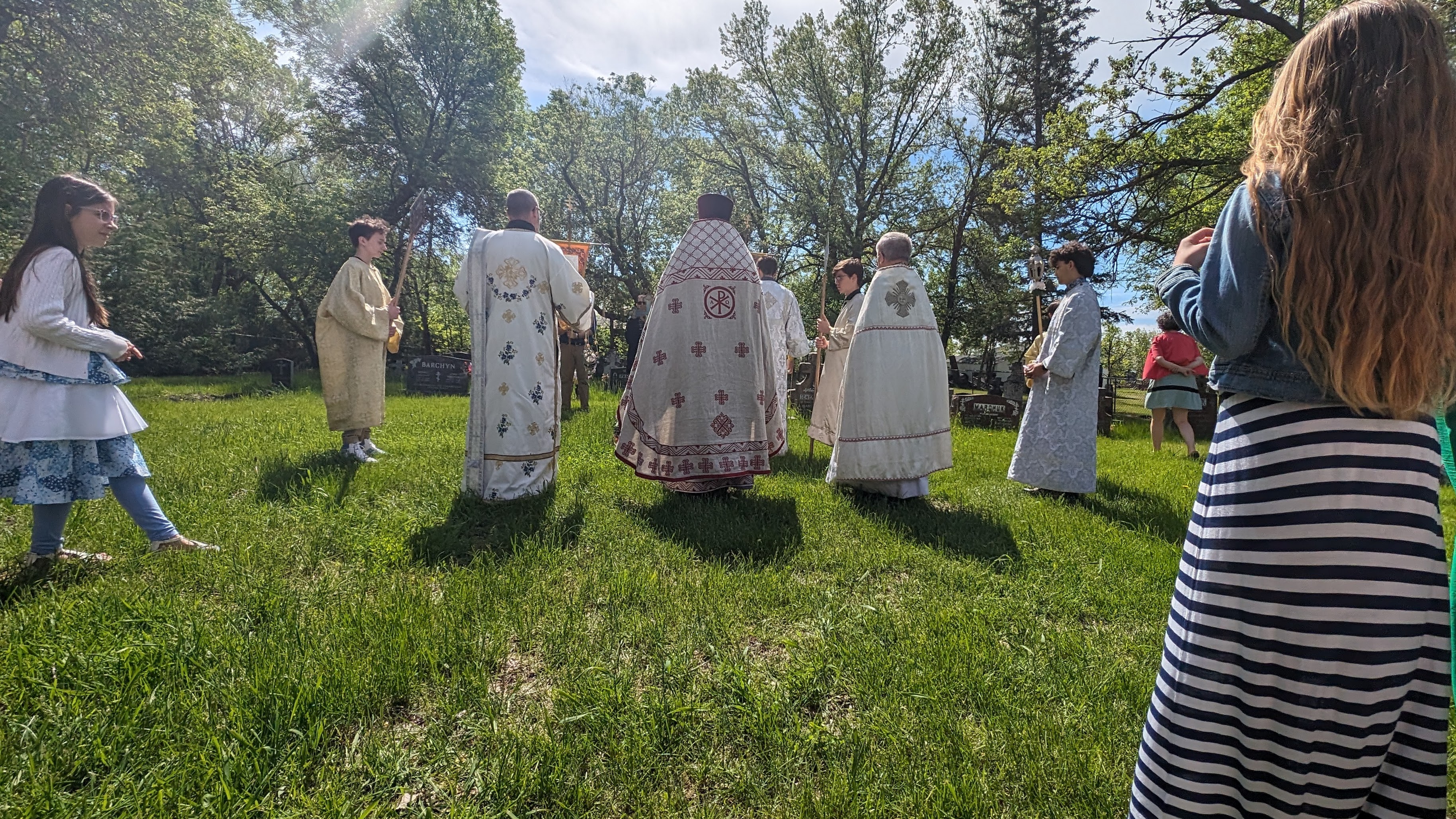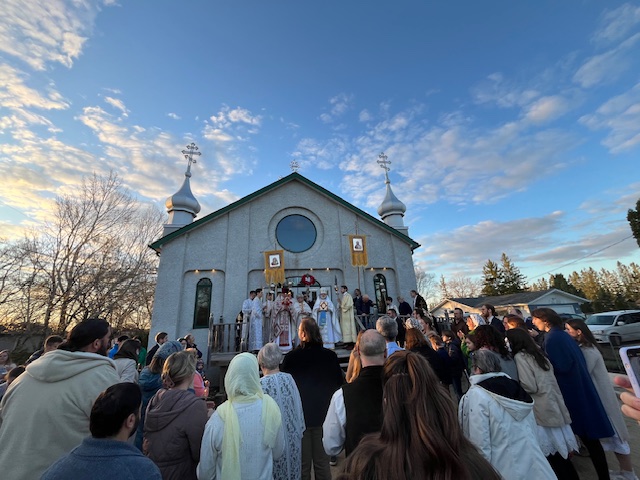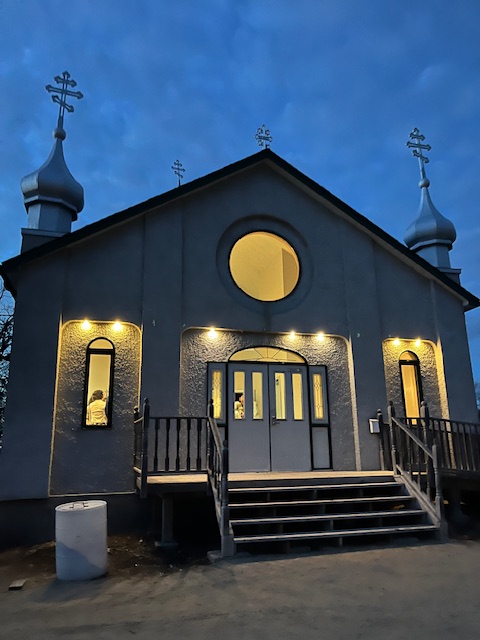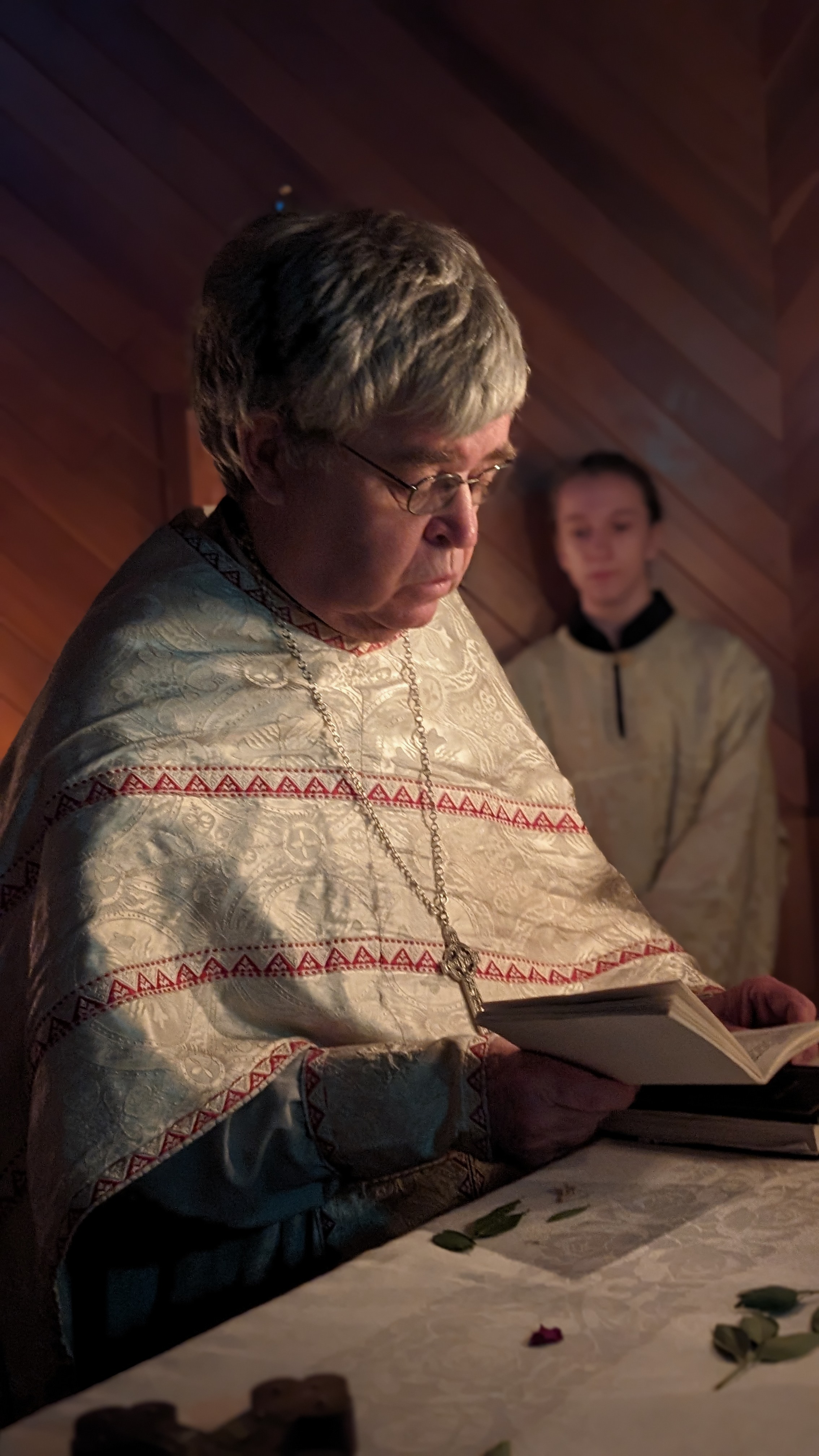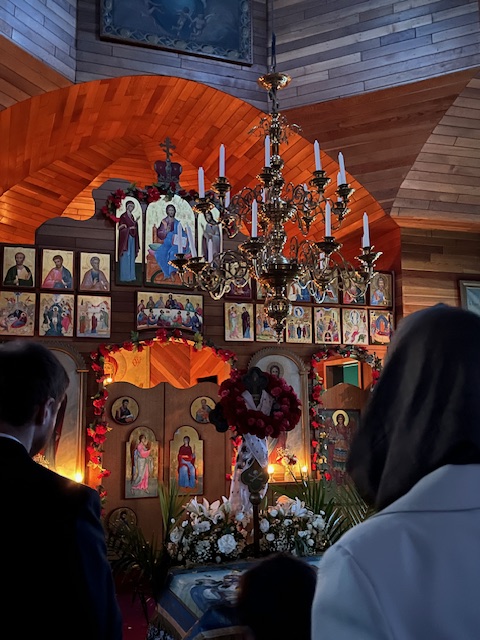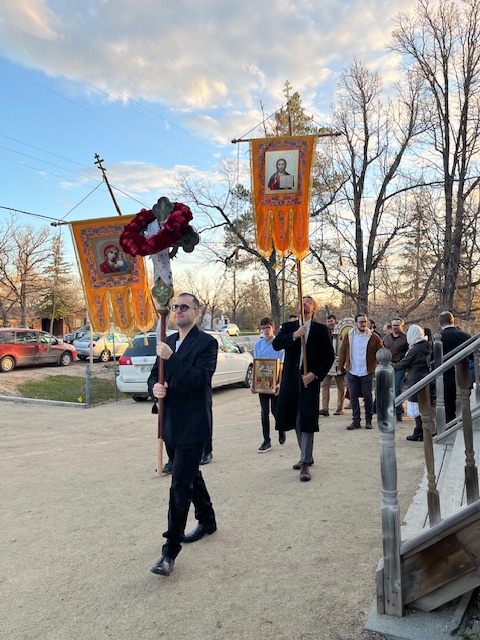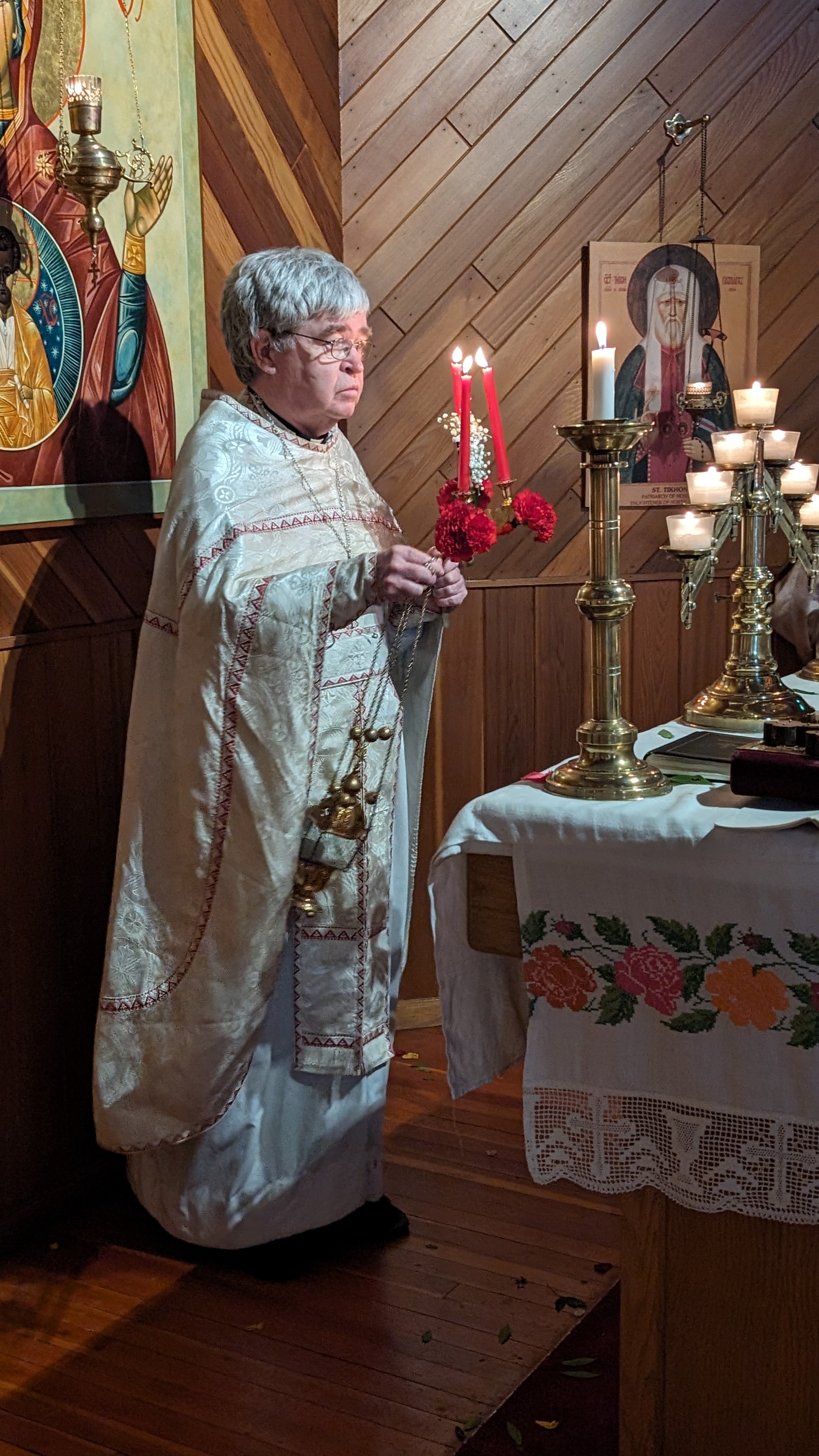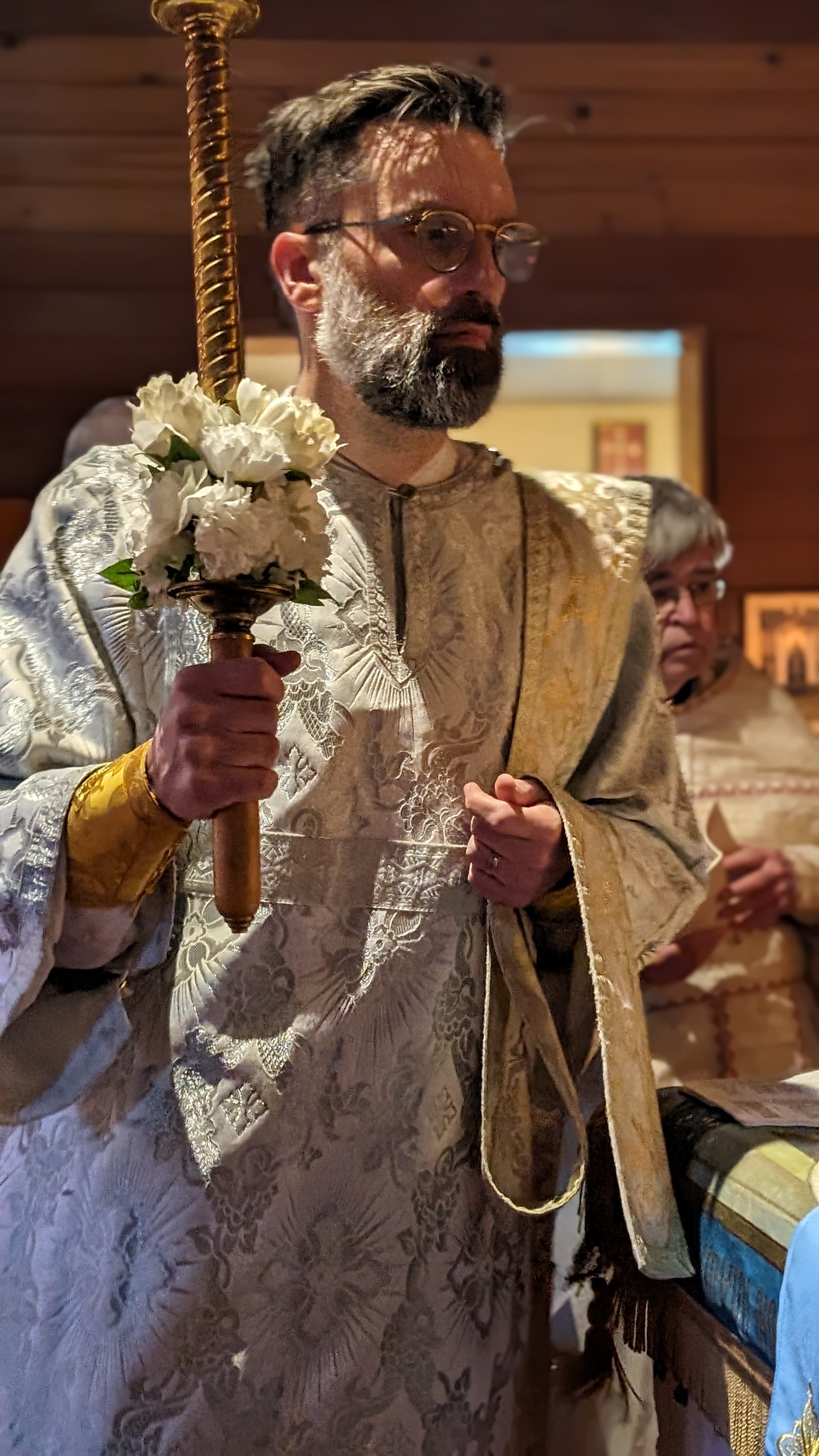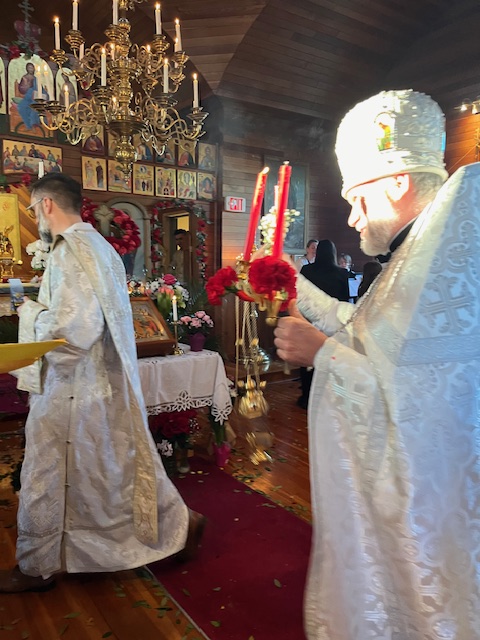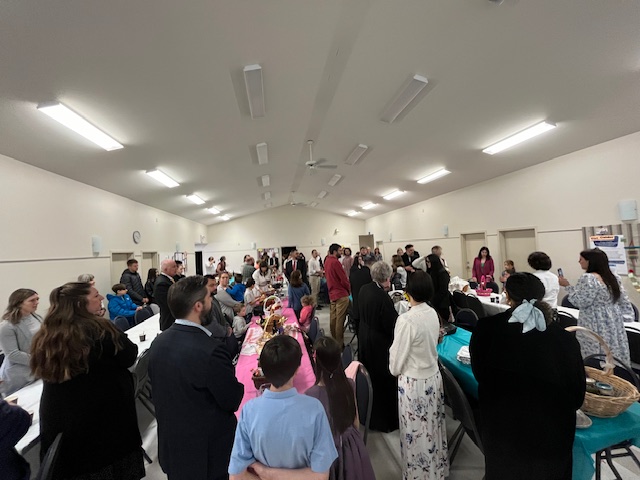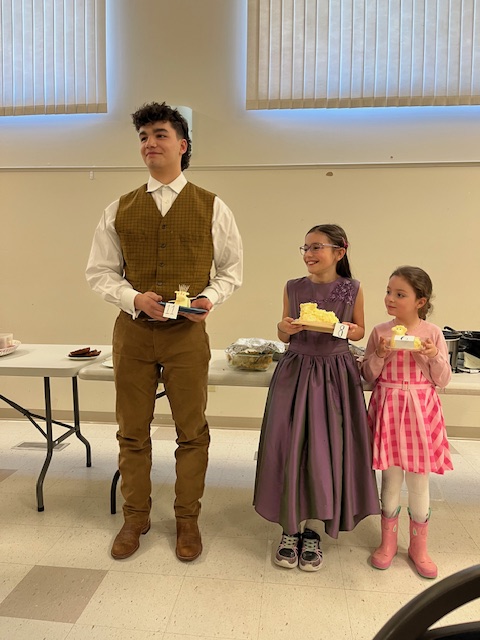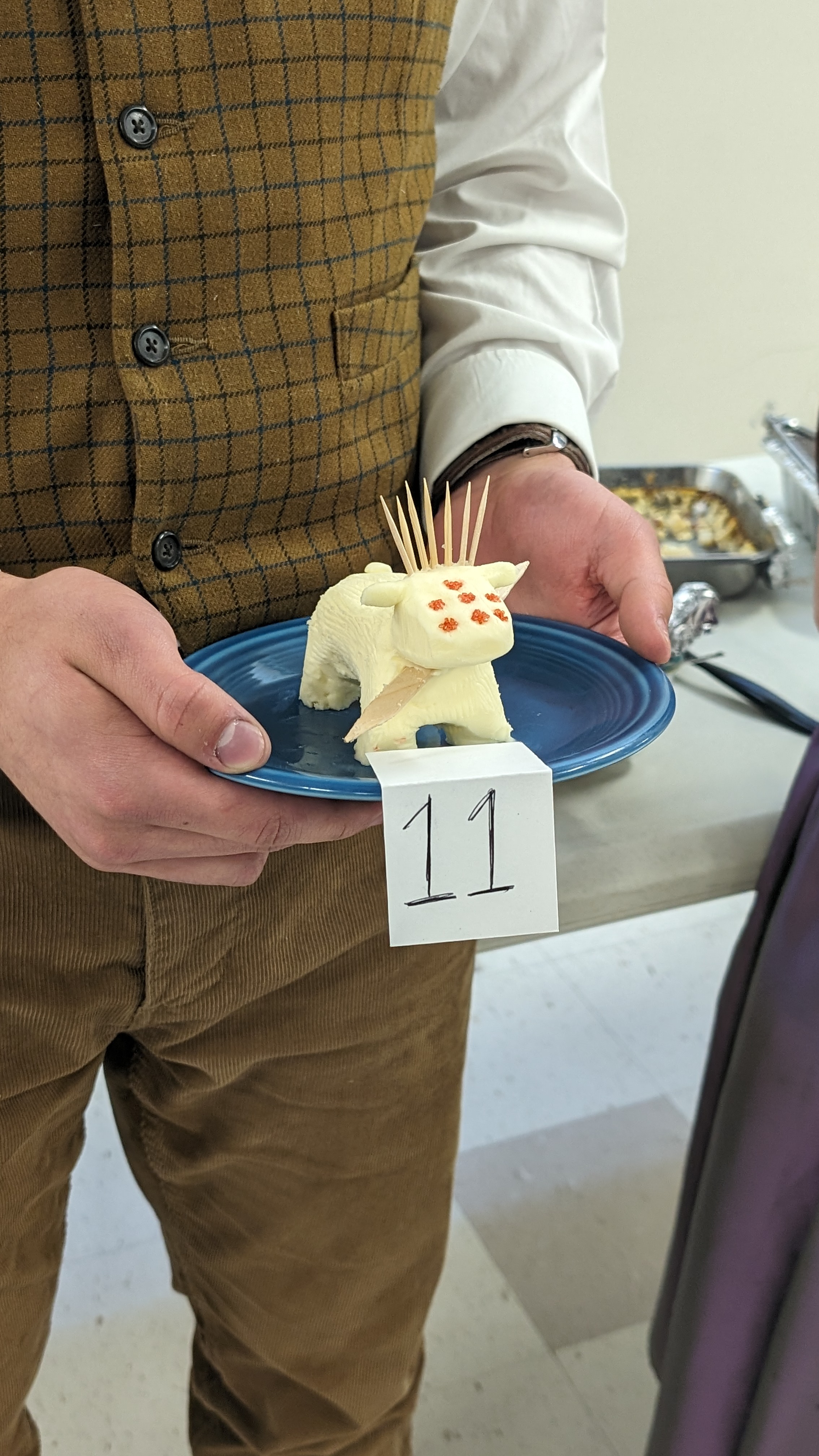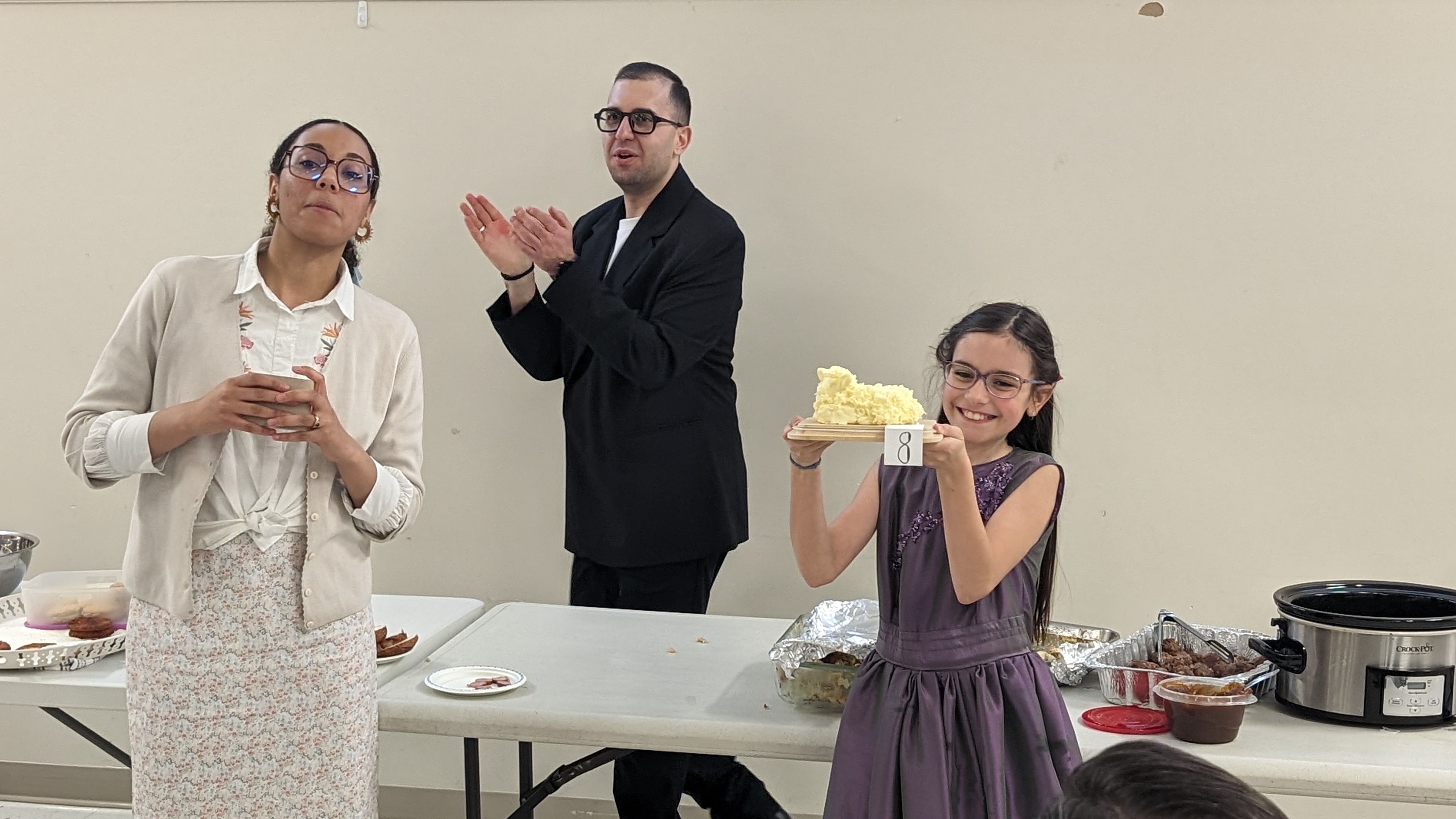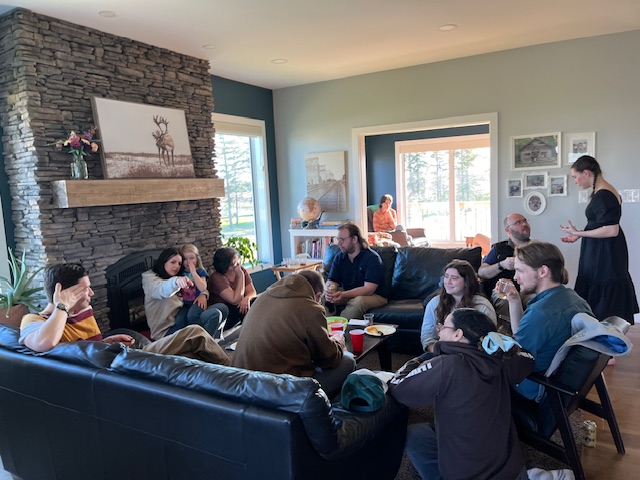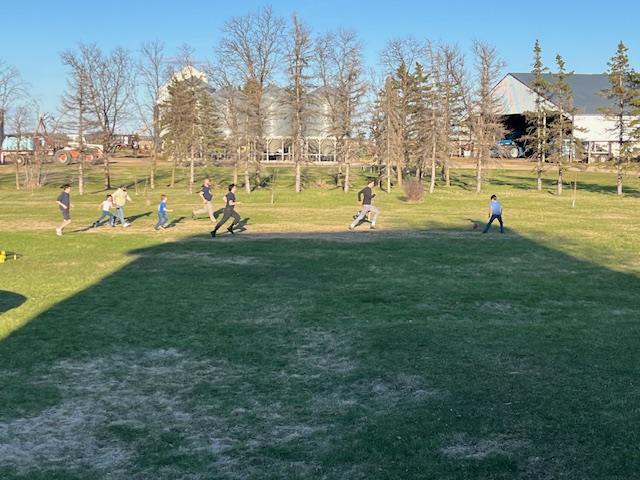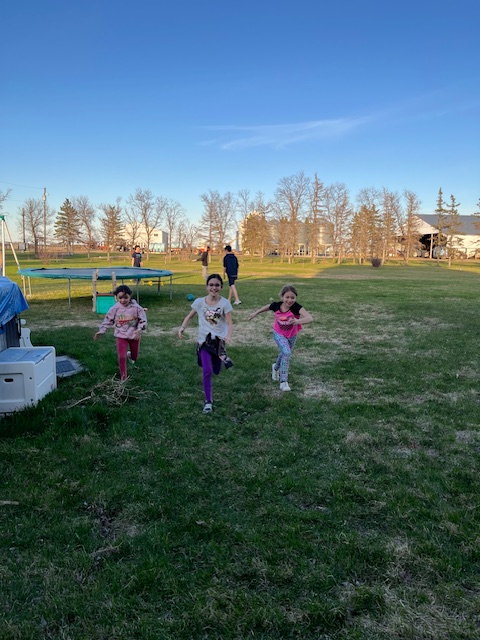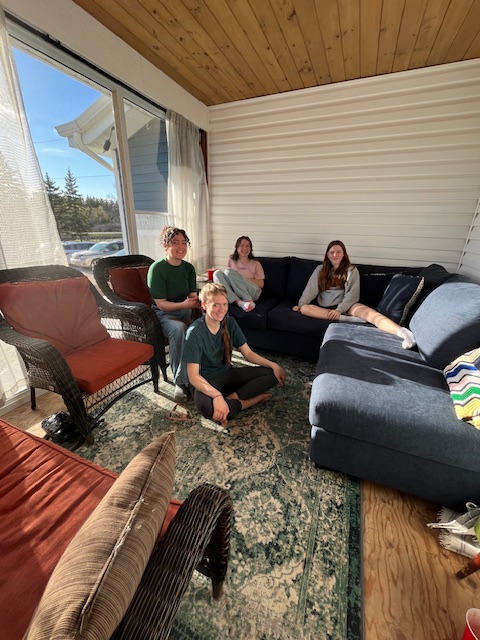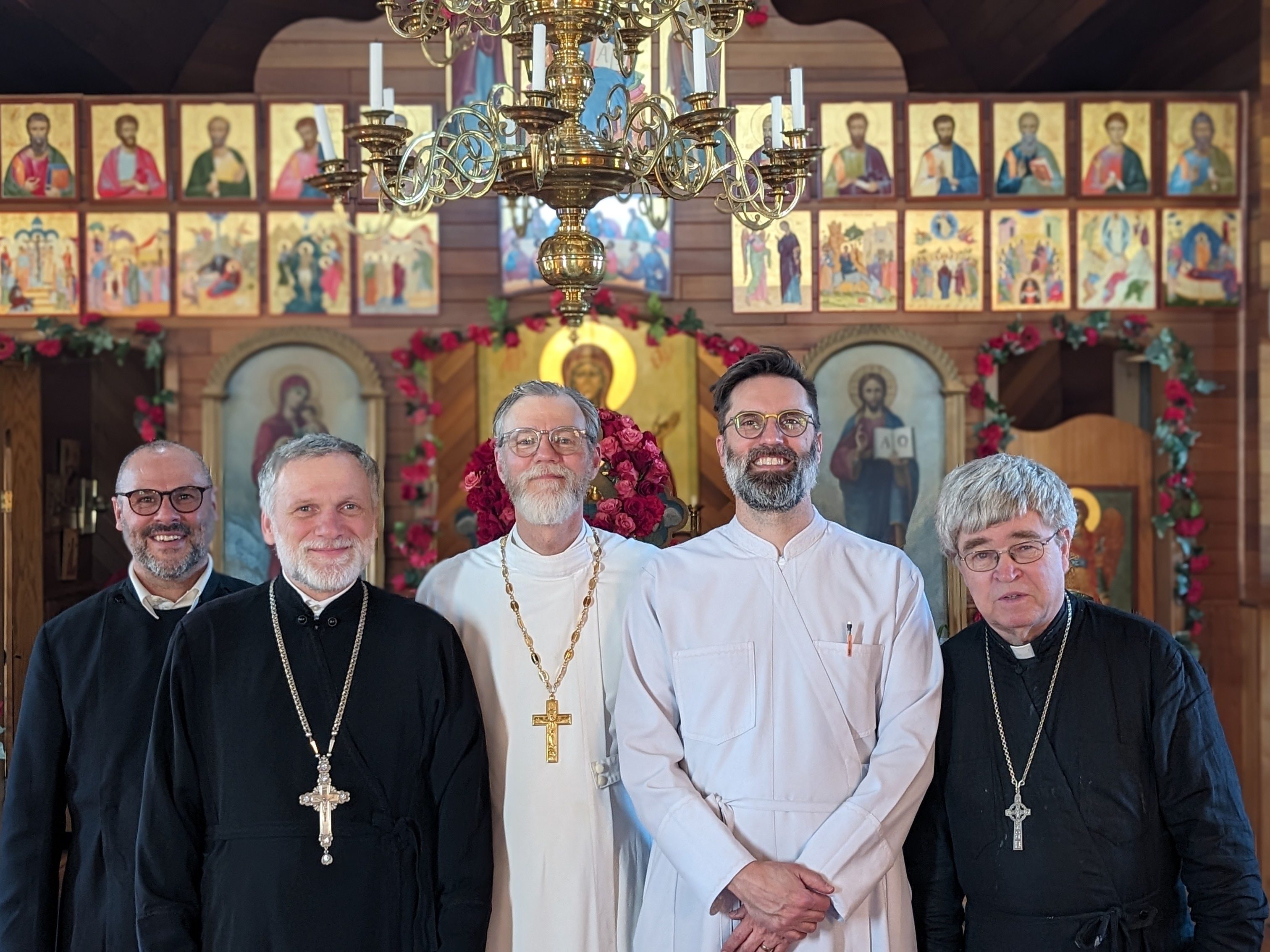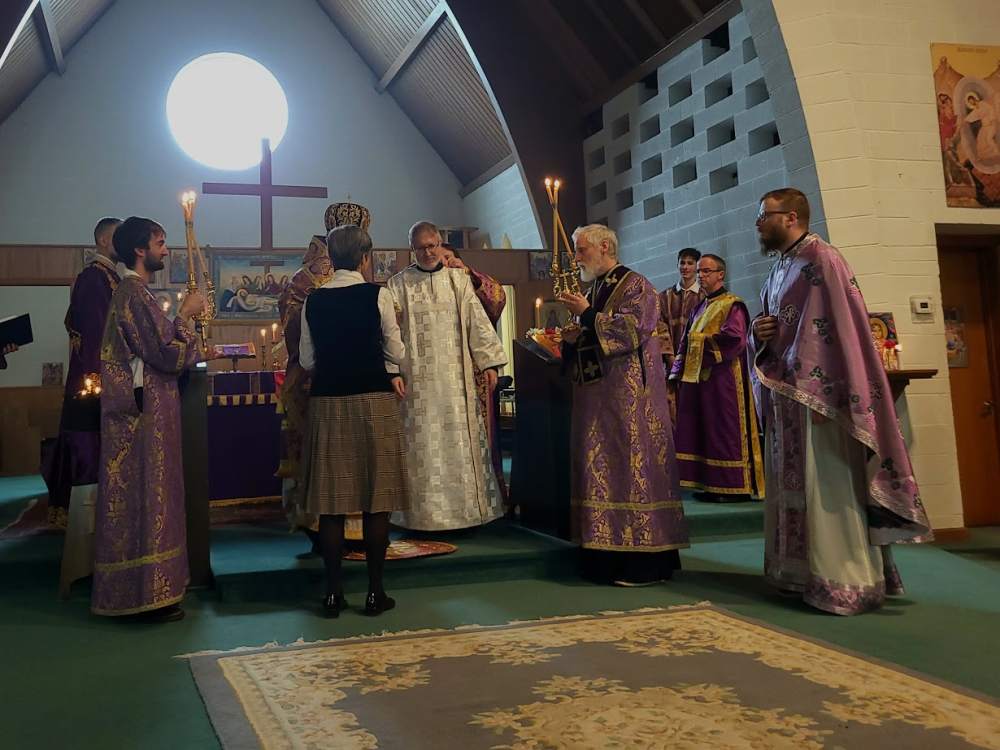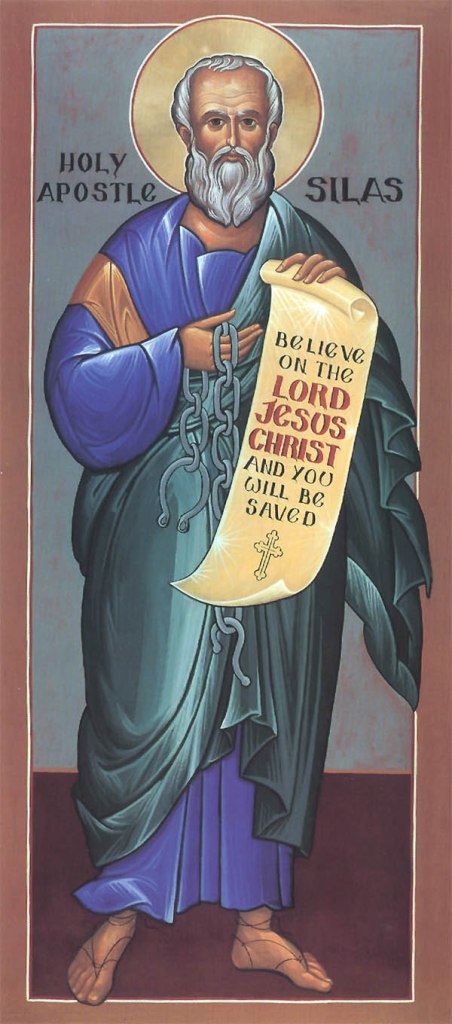Although there were various versions of Orthodox communities in Winnipeg prior to the arrival of St. Tikhon (at that time the ruling Orthodox archbishop for North America), none of them lasted beyond the charismatic pastors that either founded or served them. In 1904 when St. Tikhon was making a visit to Canada, he set into motion the establishment of a parish that would serve Orthodox Christians regardless if they be from Bucovina, Galicia and Carpatho-Russia (Trans-Carpathia), then in the Austro-Hungarian Empire. The following year, St. Tikhon returned to consecrate the newly built Church at the corner of McGregor and Manitoba Ave. in Winnipeg’s North End. This new community was given to the patronage of the Holy Trinity, and its feast day was to be Pentecost.
There is something very providential in this. As the Apotoalic witness and proclamation of the Jesus Christ’s saving victory over sin and death, spread from that first Pentecost throughout the whole world; The witness of this same proclamation spread from Holy Trinity Sobor, through all of Manitoba and Saskatchewan, and eventually the whole of Canada, as Holy Trinity became Episcopal seat for Canadian bishops for the better part of a century (the seat moved few times until 1970 when it was formally moved to Montreal and then Ottawa in 1987).
With the amalgamation of the Mission of the Lifegiving Springs of the Theotokos in 2016, St. Tikhon’s vision of what Orthodoxy could be in North America was truly manifested at this historic Church. The presence of a Slavic community, and an English speaking community serving together has truly been a blessing, that in many respects has exceeded expectations. Although they are challenges that have to be navigated now and again, the willingness to commit to this unprecedented arrangement, has revealed time and time again that what binds a community is first and foremost the same thing that bound the early Church as it spread from the blessed first Pentecost -that “on this rock I will build My church, and the gates of Hades shall not prevail against it.” (Mt. 16:18)
Although Holy Trinity Sobor is no longer the Episcopal see for the Archdiocese of Canada, and there are much larger Orthodox Churches across Canada, there is nonetheless something profound. That so much of what now exists across the prairies and country (including our own St. Nicholas) has the DNA of that first Pentecost and Holy Trinity woven into their life. Truly a Pentecostal heritage. May the Lord confirm the clergy and faithful of the Holy Trinity with many blessed years!

The Icon of St. Tihkon holding Holy Trinity Sobor (the very Church he founded)
